Using iPhones, iPads, and iPods
Practical Guides for Librarians
 About the Series
About the Series
This innovative series written and edited for librarians by librarians provides authoritative, practical information and guidance on a wide spectrum of library processes and operations.
Books in the series are focused, describing practical and innovative solutions to a problem facing todays librarian and delivering step-by-step guidance for planning, creating, implementing, managing, and evaluating a wide range of services and programs.
The books are aimed at beginning and intermediate librarians needing basic instruction/guidance in a specific subject and at experienced librarians who need to gain knowledge in a new area or guidance in implementing a new program/service.
 About the Series Editor
About the Series Editor
The Practical Guides for Librarians series was conceived by and is edited by M. Sandra Wood, MLS, MBA, AHIP, FMLA, Librarian Emerita, Penn State University Libraries.
M. Sandra Wood was a librarian at the George T. Harrell Library, The Milton S. Hershey Medical Center, College of Medicine, Pennsylvania State University, Hershey, PA, for over 35 years, specializing in reference, educational, and database services. Ms. Wood worked for several years as a Development Editor for Neal-Schuman Publishers.
Ms. Wood received a MLS from Indiana University and a MBA from the University of Maryland. She is a Fellow of the Medical Library Association and served as a member of MLAs Board of Directors from 1991 to 1995. Ms. Wood is founding and current editor of Medical Reference Services Quarterly , now in its 35th volume. She also was founding editor of the Journal of Consumer Health on the Internet and the Journal of Electronic Resources in Medical Libraries and served as editor/co-editor of both journals through 2011.
Titles in the Series
1. How to Teach: A Practical Guide for Librarians by Beverley E. Crane.
2. Implementing an Inclusive Staffing Model for Todays Reference Services by Julia K. Nims, Paula Storm, and Robert Stevens.
3. Managing Digital Audiovisual Resources: A Practical Guide for Librarians by Matthew C. Mariner.
4. Outsourcing Technology: A Practical Guide for Librarians by Robin Hastings.
5. Making the Library Accessible for All: A Practical Guide for Librarians by Jane Vincent.
6. Discovering and Using Historical Geographical Resources on the Web: A Practical Guide for Librarians by Eva H. Dodsworth and L. W. Lalibert
7. Digitization and Digital Archiving: A Practical Guide for Librarians by Elizabeth R. Leggett
8. Makerspaces: A Practical Guide for Librarians by John J. Burke
9. Implementing Web-Scale Discovery Services: A Practical Guide for Librarians by JoLinda Thompson
10. Using iPhones and iPads: A Practical Guide for Librarians by Matthew Connolly and Tony Cosgrave
Using iPhones, iPads, and iPods
A Practical Guide for Librarians
Matthew Connolly and Tony Cosgrave
Practical Guides for Librarians, No. 10
ROWMAN & LITTLEFIELD
Lanham Boulder New York London
Published by Rowman & Littlefield
A wholly owned subsidiary of The Rowman & Littlefield Publishing Group, Inc.
4501 Forbes Boulevard, Suite 200, Lanham, Maryland 20706
www.rowman.com
Unit A, Whitacre Mews, 26-34 Stannery Street, London SE11 4AB
Copyright 2015 by Matthew Connolly and Tony Cosgrave
iPhone, iPad, and iPod are registered trademarks of Apple Inc.
All terms mentioned in this book that are known to be trademarks or service marks have been appropriately capitalized.
Use of a term in this book should not be regarded as affecting the validity of any trademark or service mark.
All rights reserved . No part of this book may be reproduced in any form or by any electronic or mechanical means, including information storage and retrieval systems, without written permission from the publisher, except by a reviewer who may quote passages in a review.
British Library Cataloguing in Publication Information Available
Library of Congress Cataloging-in-Publication Data
Connolly, Matthew, 1977 author.
Using iPhones, iPads, and iPods : a practical guide for librarians / Matthew Connolly and Tony Cosgrave.
pages cm. (Practical guides for librarians ; no. 10)
Includes bibliographical references and index.
ISBN 978-1-4422-2687-6 (pbk. : alk. paper) ISBN 978-1-4422-2688-3 (electronic) 1. Mobile communication systemsLibrary applications. 2. LibrariesInformation technology. 3. iPhone (Smartphone) 4. iPad (Computer) 5. iPod (Digital music player) 6. Application software. 7. Mobile computing. I. Cosgrave, Tony, 1959- author. II. Title.
Z680.5.C66 2015
004.167dc23
2014026985
 The paper used in this publication meets the minimum requirements of American National Standard for Information SciencesPermanence of Paper for Printed Library Materials, ANSI/NISO Z39.48-1992. Printed in the United States of America
The paper used in this publication meets the minimum requirements of American National Standard for Information SciencesPermanence of Paper for Printed Library Materials, ANSI/NISO Z39.48-1992. Printed in the United States of America
Dedication
To my wife, Daun, whose love and support helped to bring this book to fruition. Makasih banyak, Sayang! Matt
To all my loving and lovable family, especially my wife Julienne and sons Anthony and James. Tony
Preface
A reference librarian who doesnt know the ins and outs of print indexes or online databases would be pretty bad. But what about librarians who dont know the ins and outs of tablets and smartphones with various operating systems? How are they supposed to get this familiarity? Apparently, by buying the stuff themselves.
The Annoyed Librarian 2012
The use of mobile computersfirst smartphones, now tabletshas mushroomed over the past few years, and the trend shows no sign of slowing down. On the contrary, signs point to a growing tendency for people to use mobile computing for everyday tasks in place of traditional desktop and laptop computers.
Apple Inc. (formerly Apple Computer) has been a pioneer in this field. The iPhone and the iPad were each transformative devices when they were released, and their influence in the mobile phone and tablet markets is impossible to ignore. Although the introduction of Android-based phones and tablets has eaten away at Apples market share, users of iPhones and iPads access the web from their devices in much greater numbers than their Android counterparts. Exact percentages are hard to quantify, as they fluctuate from month to month and different assessment methodologies produce different numbers, but the qualitative trends are clear. See, for example, the Nucleus Mobile Browsing Web Survey (Nucleus 2014).
Using iPhones, iPads, and iPods: A Practical Guide for Librarians focuses on the mobile devices that Apple sells. Why? Because iPod Touches, iPhones, and iPads are out there in the wild, numbering more than 800 million (Cook 2014), and their owners are using them to access the web, play games, do serious work, read, share, network, and more. Much as organizations without a website were perceived as backward and effectively left behind beginning in the 1990s, so, too, those who ignore the mobile device constituency today do so at their own peril.
The mobile market is still so new, however, that there are relatively few resources for learning how to deal with it in a coherent way. As The Annoyed Librarian pointed out in her blog entry in 2012, librarians are expected to be familiar with new technology and to be able to help users with technology-related issues. Yet the resources of libraries vary considerably, and many libraries are wary of investing too much in new, unproven devices. A librarian who wants to become iPhone and iPad savvy faces a chicken-and-egg problem: his or her library may not see the point of buying iPads without a clear purpose for them, but it might be impossible to discern that purpose without having the devices to evaluate and play with. A look at library news and literature shows that there are plenty of libraries that are tentatively experimenting with different programs based around iPads, but not with any consistency. Those that do have the resources to invest in iPhones and iPads (iDevices) often do so on a trial-and-error basis.
Next page

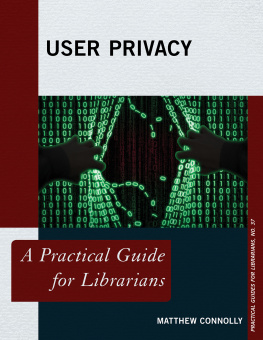
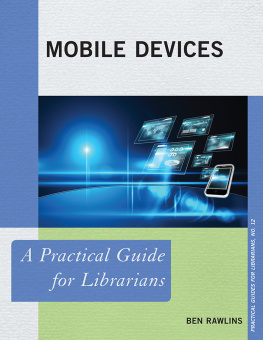

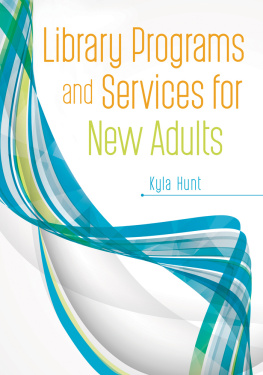
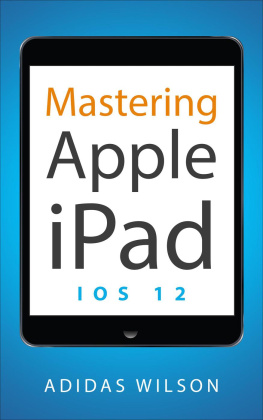

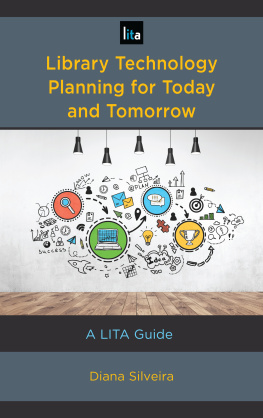
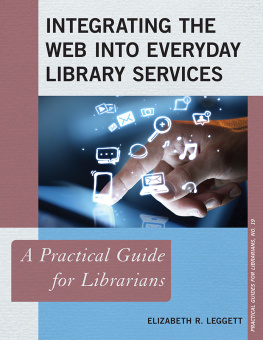

 About the Series
About the Series The paper used in this publication meets the minimum requirements of American National Standard for Information SciencesPermanence of Paper for Printed Library Materials, ANSI/NISO Z39.48-1992. Printed in the United States of America
The paper used in this publication meets the minimum requirements of American National Standard for Information SciencesPermanence of Paper for Printed Library Materials, ANSI/NISO Z39.48-1992. Printed in the United States of America